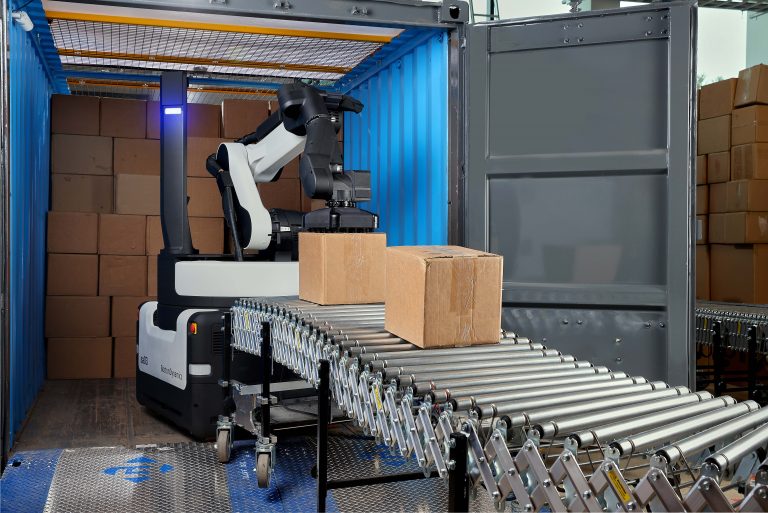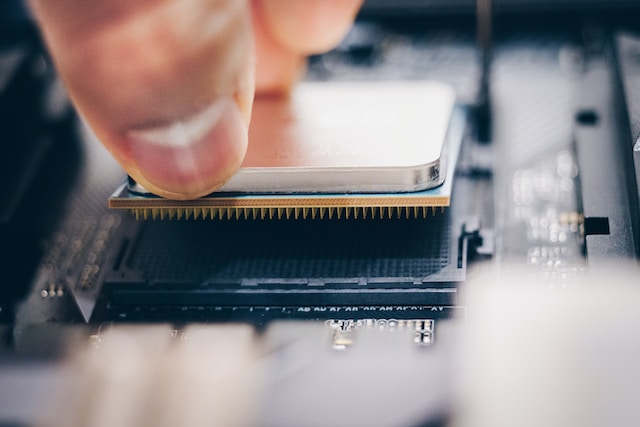Breakthrough in Energy-Efficient Phase-Change Memory Technology
Researchers from the Indian Institute of Science (IISc), MIT, and the University of Pennsylvania have achieved a major breakthrough in phase-change memory (PCM) technology by reducing its energy consumption by a billion-fold. According to a recent press release, this advancement could significantly enhance data storage capabilities. PCM, a promising alternative to traditional memory systems, operates by switching the state of a material to store data. However, the high energy requirements for these state transitions have been a significant barrier to its widespread adoption.
Innovative Technique to Transform Data Storage
This breakthrough involves a technique that dramatically reduces energy consumption by amorphizing indium selenide with an electric current. This innovation holds the potential to revolutionize data storage and substantially improve the energy efficiency of various electronic devices.
Implications for the Semiconductor Industry
The implications of this discovery are far-reaching, especially within the semiconductor industry, where energy efficiency is of paramount concern. As the demand for high-performance, low-power devices continues to grow, this technology could provide the U.S. with a competitive edge in the global semiconductor market, potentially challenging China’s dominance in this sector.
Towards a Sustainable Future
Additionally, this advancement could contribute to a more sustainable future by reducing the energy consumption and carbon emissions associated with electronic devices. It opens up new possibilities for creating more energy-efficient data centers and other critical infrastructure components.
“This opens a new field of structural transformations in materials when these properties converge,” said Ritesh Agarwal from UPenn, who led the research. The potential impact on low-power memory devices is substantial, paving the way for a new generation of data storage solutions with dramatically lower energy requirements. This breakthrough could also strengthen the U.S. position in semiconductor technology, offering a competitive advantage over China.






